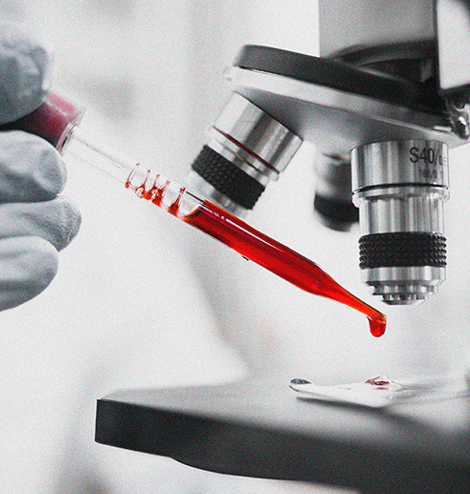Our Services
Lab Tests
Full Blood Count (FBC)
Lab Tests
Full Blood Picture (FBP)

| OUR DOCTORS
Doppler
Doppler ultrasound
A Doppler ultrasound is an imaging test that uses sound waves to show blood moving through blood vessels. A regular ultrasound also uses sound waves to create images of structures inside the body, but it can't show blood flow.
Doppler ultrasound works by measuring sound waves that are reflected from moving objects, such as red blood cells. This is known as the Doppler effect.
Colour Doppler Studies:
• Color Doppler. This type of Doppler uses a computer to change sound waves into different colors. These colors show the speed and direction of blood flow in real time.
• Power Doppler, a newer type of color Doppler. It can provide more detail of blood flow than standard color Doppler. But it cannot show the direction of blood flow, which can be important in some cases.
High Technology Laboratory solutions

Why Choose Us
Colour Doppler Studies:
• if you’re having symptoms of a lung condition
• if you’re regularly exposed to certain substances in the environment or your workplace
• to monitor the course of chronic lung disease, such as asthma or chronic obstructive pulmonary disease (COPD)
• to assess how well your lungs are working before you have surgery
• Treadmill test (TMT) is a form of exercise test where a stress test is performed while the person is exercising on a treadmill during the course of an Electro Cardiogram (ECG). The purpose of a TMT is majorly to compare blood circulation in the heart when the person is resting and when under optimum physical pressure. Abnormal heart rhythms can be detected while exercising and therefore diagnose the presence or absence of coronary artery diseases.
• The test involves walking on a treadmill while the electrical activity of the heart is being monitored. The speed and incline of the treadmill are increased throughout the span of the test. The result shows how well the heart responds to the stress of different levels of exercise. The blood pressure, heart rate and electrocardiogram (ECG) are monitored before, during and after the test.

















